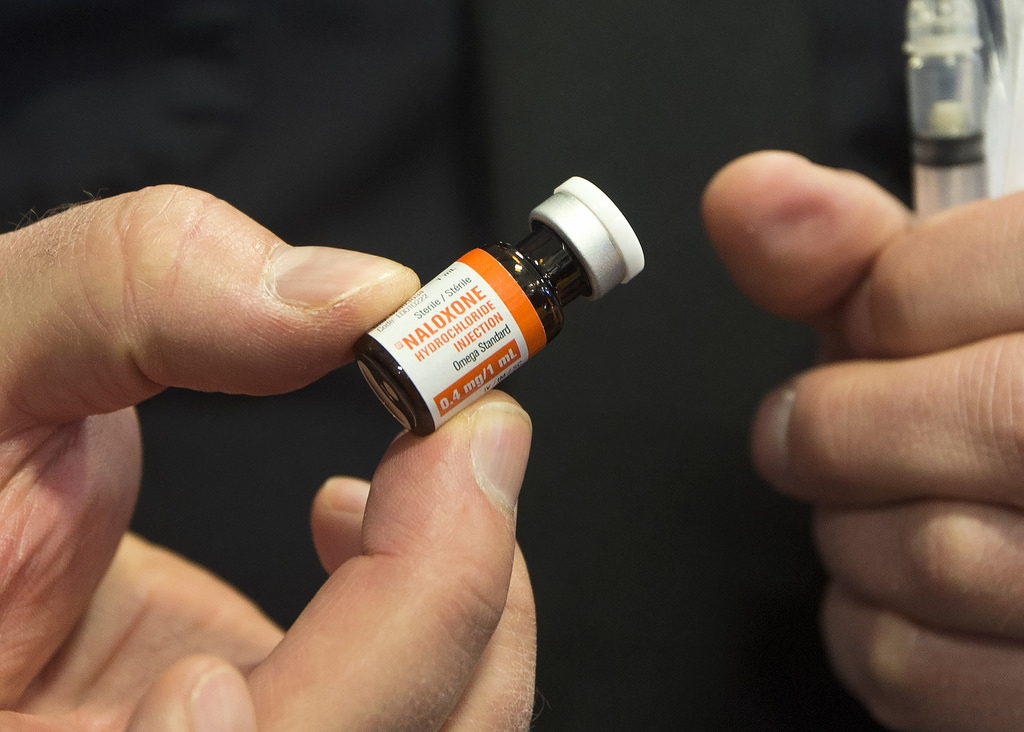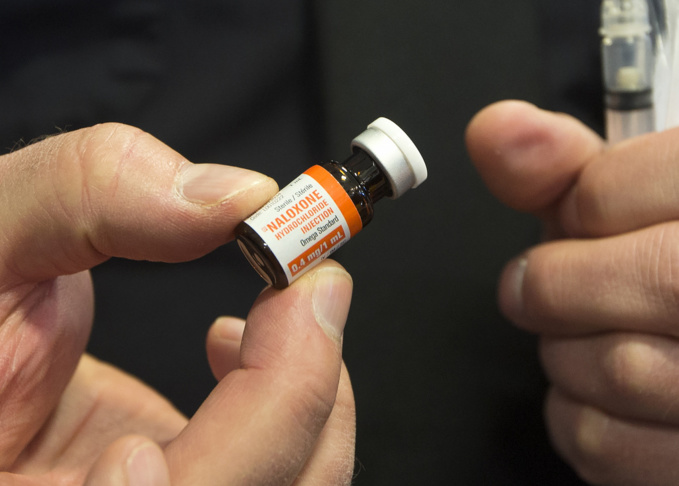According to the US Center for Disease Prevention and Response, the number of appeals to emergency assistance services due to drug overdose increased by 30% in 45 US states. An increase of 54% occurred in major cities in 16 states. Among the regions, the Midwest states became the most problematic in this respect: the number of opioid overdoses increased there by 70% from July 2016 to September 2017.
The CDC experts note that "such growth, comparable to the epidemic, can no longer remain a matter for individual states and requires a coordinated response. Emergency services, health departments, psychological services, community organizations and law enforcement agencies should together withstand the growth of opioid overdoses, which often leads to fatalities. "The maximum increase in overdose (more than 50%) is noted in states such as Wisconsin, Illinois, Pennsylvania and Delaware. High level (25-49%) is observed in the states of Indiana, Ohio, North Carolina, Maine. Only five states (Kentucky, West Virginia, Massachusetts, Rhode Island, New Hampshire) showed reduction in the number of overdoses."
The growth of overdoses is approximately the same in the main age categories: 25-34 years - 31%, 35-54 years - 36%, over 55 years - 32%. Among men, the number of overdoses increased by 30%, among women - by 24%.
The CDC experts offer several options to combat this problem. Local health departments are advised to inform the public about the dramatic increase in overdose and, upon obtaining the appropriate permission from the police, to distribute antidotes for narcotic overdoses (for example, naloxone) in local communities and families where there are people who are overdosed, so that those around before the arrival can save life of affected by an overdose.
Experts also call on federal authorities and law enforcement agencies to pay attention to the sharp increase in opioid overdoses and, in addition to combating the spread of drugs, to intensify public awareness among the population, provide local authorities with the necessary equipment and antidote preparations, encourage and finance studies aimed at preventing consumption drugs and a more effective fight against drug addiction.
source: thetimes.co.uk
The CDC experts note that "such growth, comparable to the epidemic, can no longer remain a matter for individual states and requires a coordinated response. Emergency services, health departments, psychological services, community organizations and law enforcement agencies should together withstand the growth of opioid overdoses, which often leads to fatalities. "The maximum increase in overdose (more than 50%) is noted in states such as Wisconsin, Illinois, Pennsylvania and Delaware. High level (25-49%) is observed in the states of Indiana, Ohio, North Carolina, Maine. Only five states (Kentucky, West Virginia, Massachusetts, Rhode Island, New Hampshire) showed reduction in the number of overdoses."
The growth of overdoses is approximately the same in the main age categories: 25-34 years - 31%, 35-54 years - 36%, over 55 years - 32%. Among men, the number of overdoses increased by 30%, among women - by 24%.
The CDC experts offer several options to combat this problem. Local health departments are advised to inform the public about the dramatic increase in overdose and, upon obtaining the appropriate permission from the police, to distribute antidotes for narcotic overdoses (for example, naloxone) in local communities and families where there are people who are overdosed, so that those around before the arrival can save life of affected by an overdose.
Experts also call on federal authorities and law enforcement agencies to pay attention to the sharp increase in opioid overdoses and, in addition to combating the spread of drugs, to intensify public awareness among the population, provide local authorities with the necessary equipment and antidote preparations, encourage and finance studies aimed at preventing consumption drugs and a more effective fight against drug addiction.
source: thetimes.co.uk



















